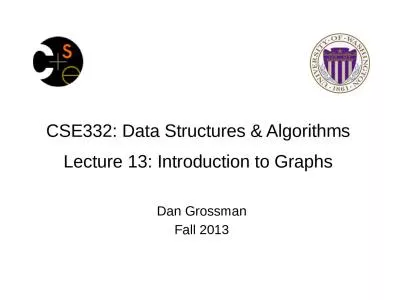PPT-Data Structures
Author : olivia-moreira | Published Date : 2016-06-30
IS 101YCMSC 101 Computational Thinking and Design Thursday October 3 2013 Marie desJardins University of Maryland Baltimore County Quiz Individual quiz 5 minutes
Presentation Embed Code
Download Presentation
Download Presentation The PPT/PDF document "Data Structures" is the property of its rightful owner. Permission is granted to download and print the materials on this website for personal, non-commercial use only, and to display it on your personal computer provided you do not modify the materials and that you retain all copyright notices contained in the materials. By downloading content from our website, you accept the terms of this agreement.
Data Structures: Transcript
Download Rules Of Document
"Data Structures"The content belongs to its owner. You may download and print it for personal use, without modification, and keep all copyright notices. By downloading, you agree to these terms.
Related Documents

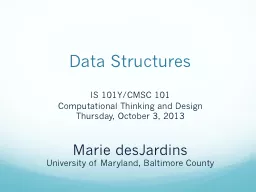
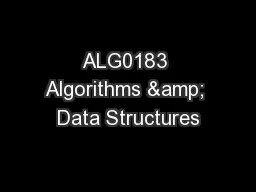
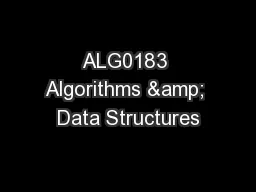
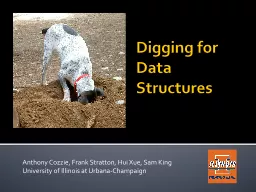

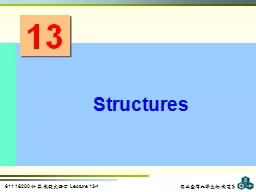
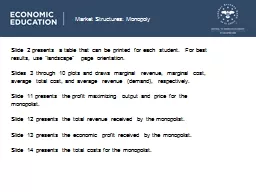
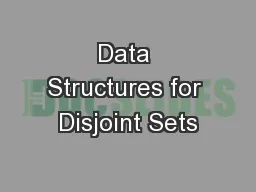
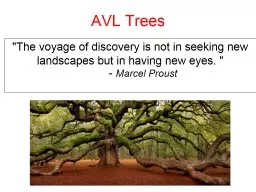
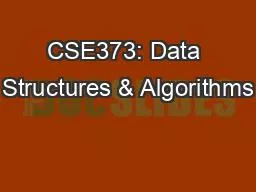
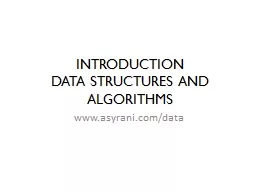
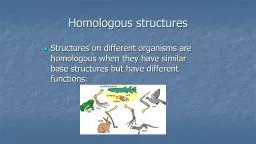
![[eBOOK]-Easy Learning Data Structures Algorithms ES6+Javascript: Classic data structures](https://thumbs.docslides.com/975195/ebook-easy-learning-data-structures-algorithms-es6-javascript-classic-data-structures-and-algorithms-in-es6-javascript-easy-learning-javascript-and-design-and-data-structures-and-algorithms-book-3.jpg)
